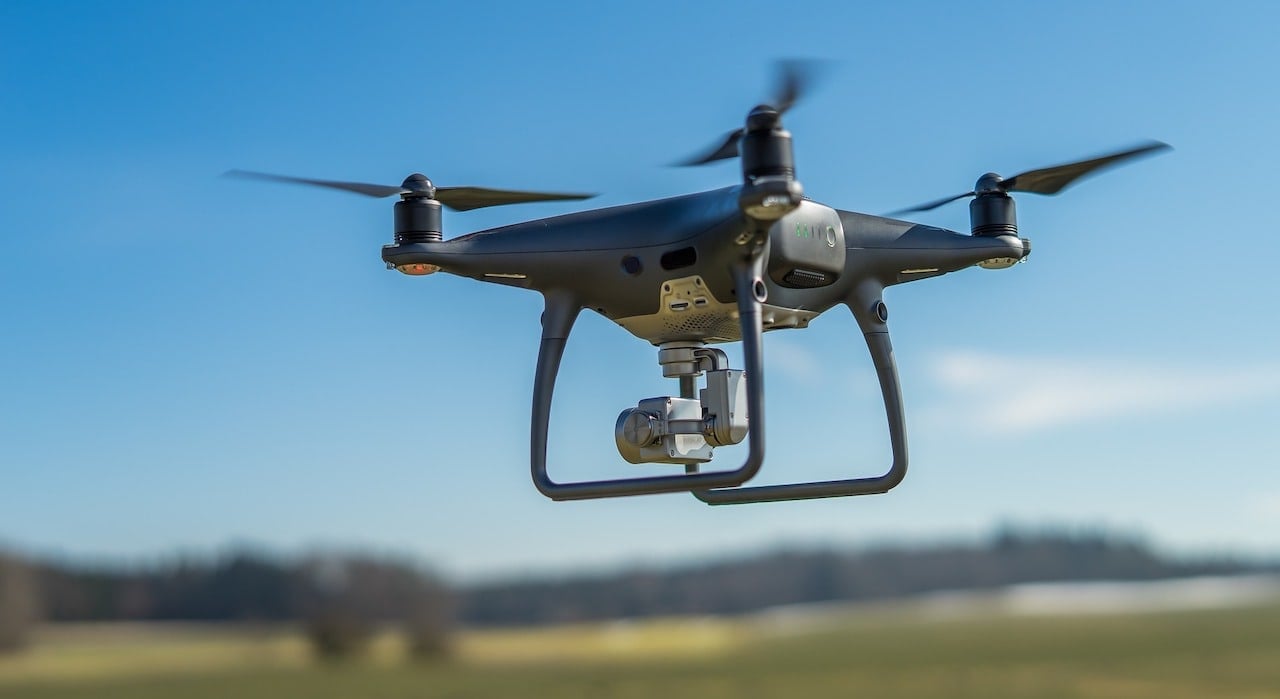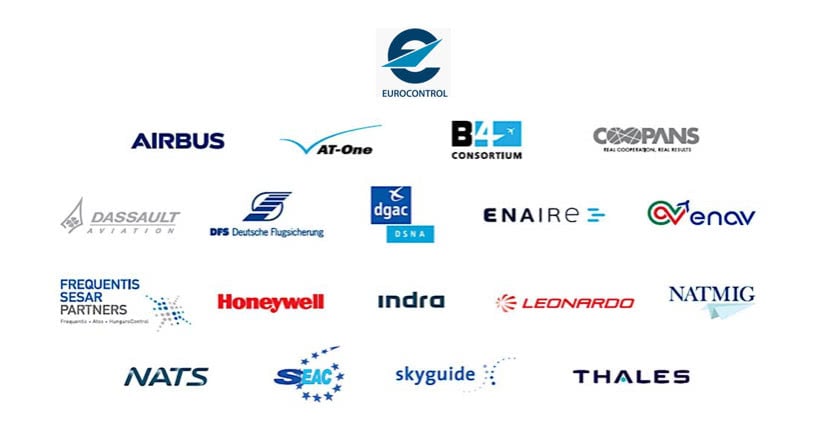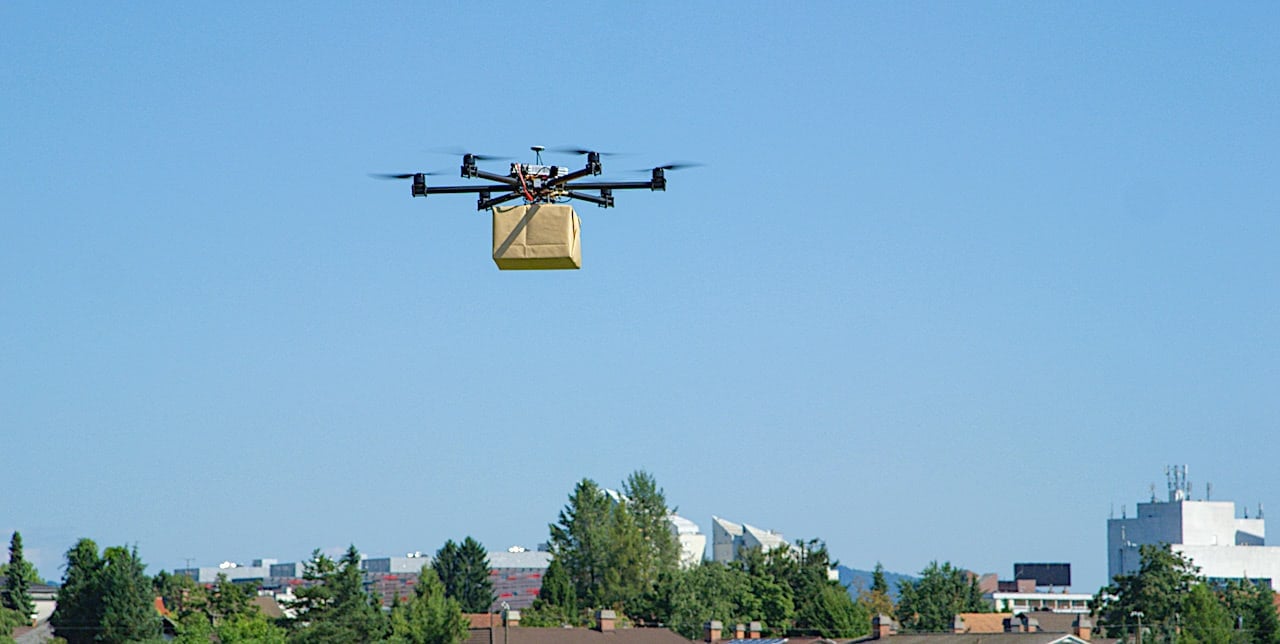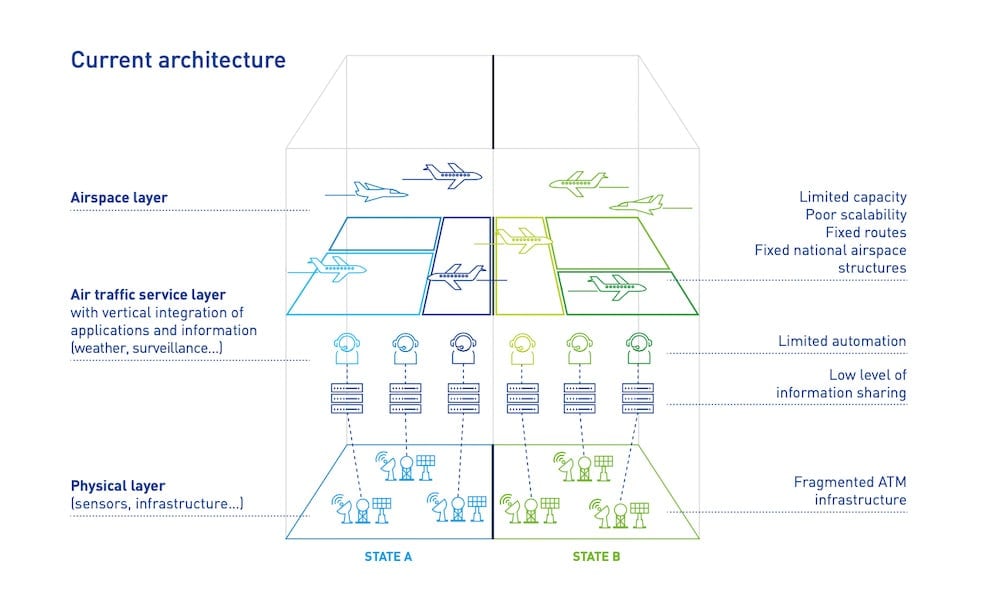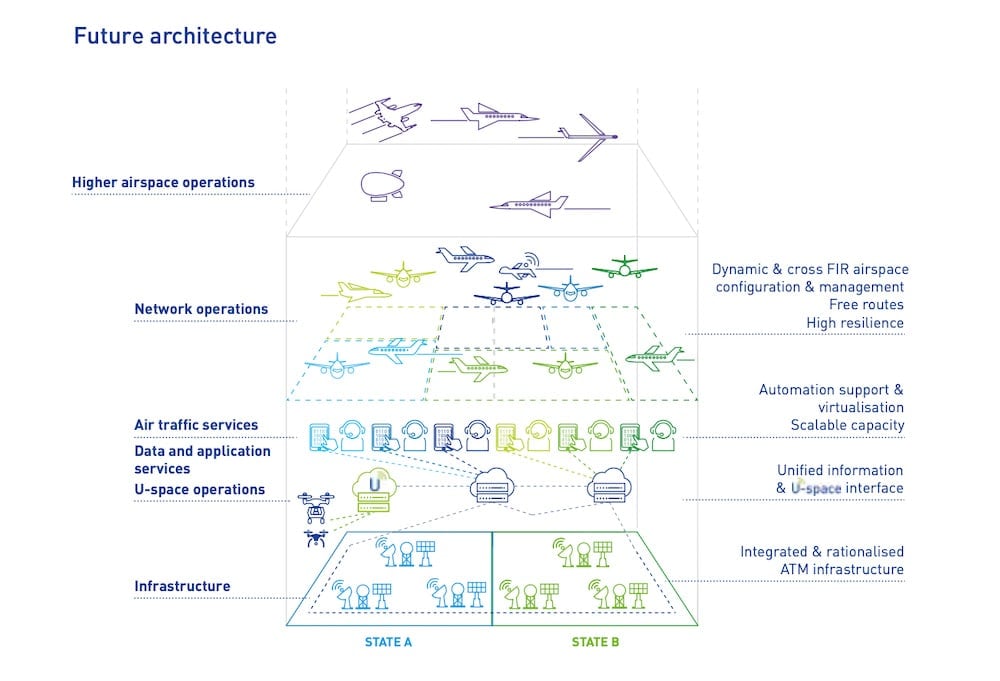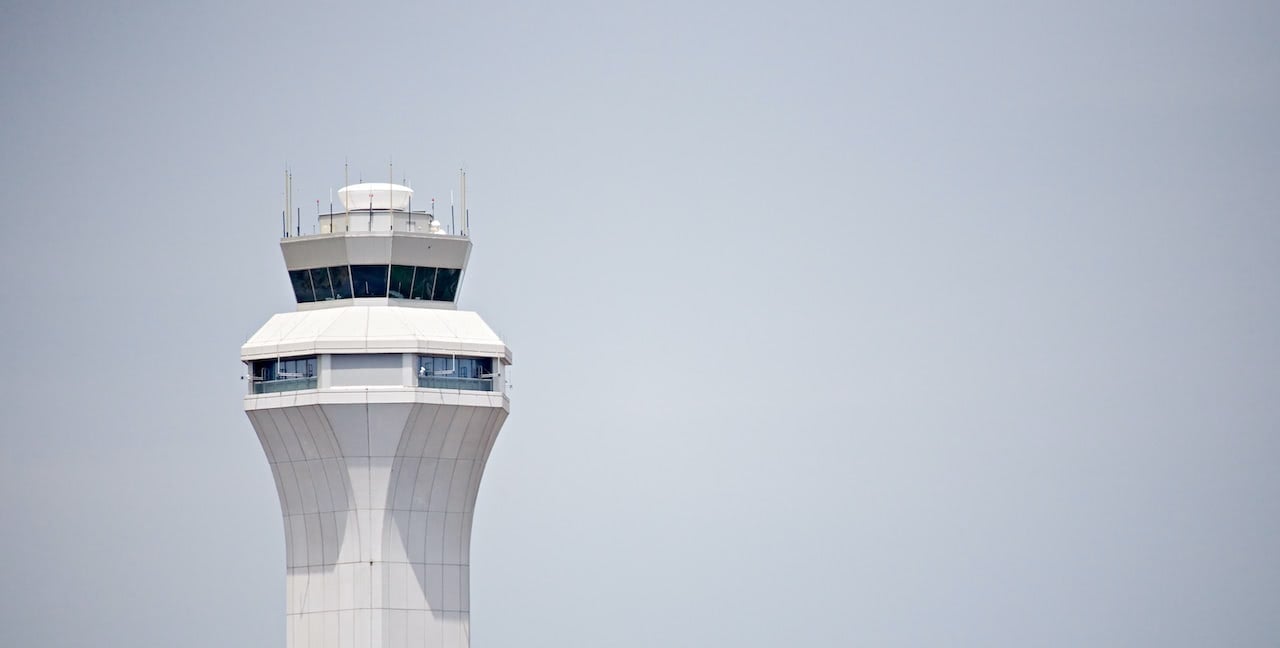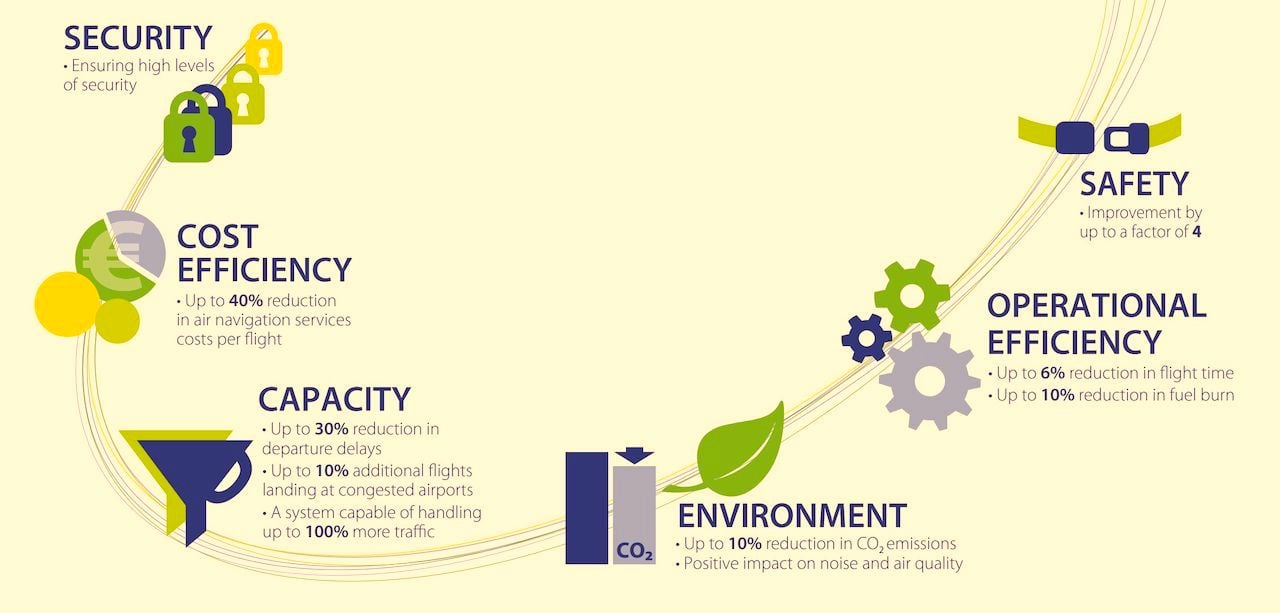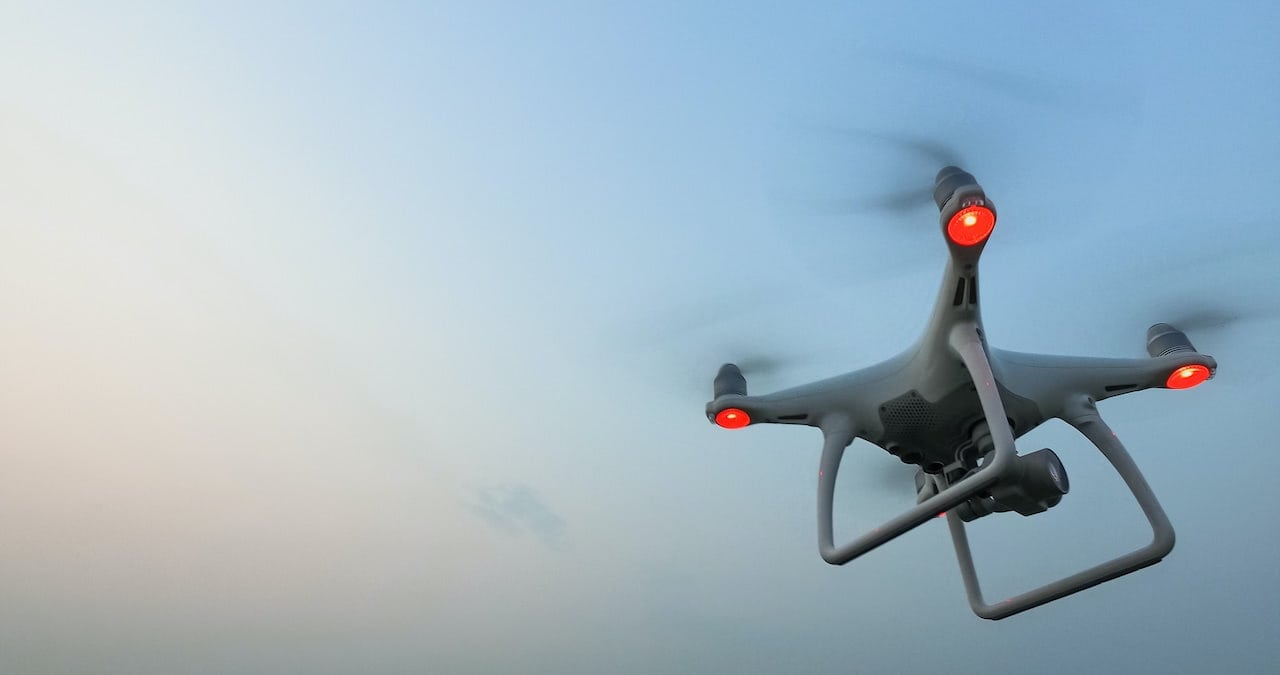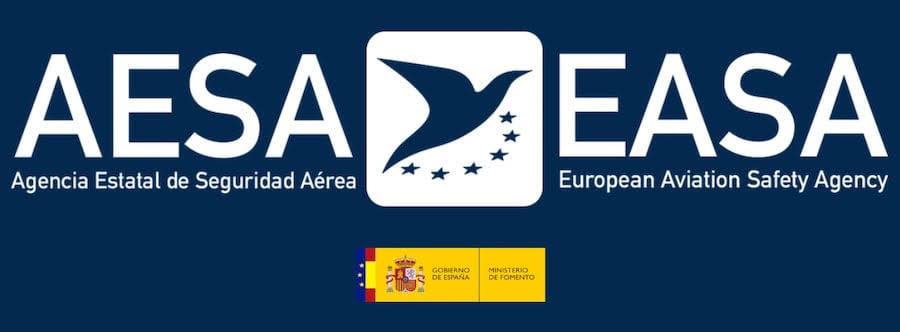As you’ll know, we’re in an era of changes in the UAS sector (Unmanned Aircraft Systems or drones), with EASA immersed in a complex process of unifying European and other countries’ drone regulations.
In this framework and quite delayed in contrast to the US drone laws (FAA), U-Space emerges; an ambitious project to create a complex European ecosystem in airspace where all type of aircraft can coexist in harmony.
This is what we are going to tell you about in this article. We’re going to see what exactly U-Space is, why it’s so important, how it will be implemented, and what drone pilots and operators can expect from this.
Let’s begin!


